%include "asm_io.inc"
segment .data
segment .bss
segment .text
global asm_main
asm_main:
enter 0,0
pusha
call read_int
push eax
call fak_rekursiv
add esp, 4
call print_int
call print_nl
popa
mov eax, 0
leave
ret
fak_rekursiv:
enter 4, 0
pusha
mov eax, [ebp + 8]
cmp eax, 0
je ergebnis_1
cmp eax, 1
je ergebnis_1
mov ebx, eax
dec ebx
mul ebx
push ebx
call fak_rekursiv
pop ebx
ergebnis:
mov [ebp - 4], eax
ergebnis_1:
mov [ebp - 4], dword 1
popa
mov eax, [ebp - 4]
leave
ret
I am learning to code on NASM and I was trying to understand recursion through using coding factorial but I got confused quickly.
How can I use Recursion in NASM to code factorial algorithm?
